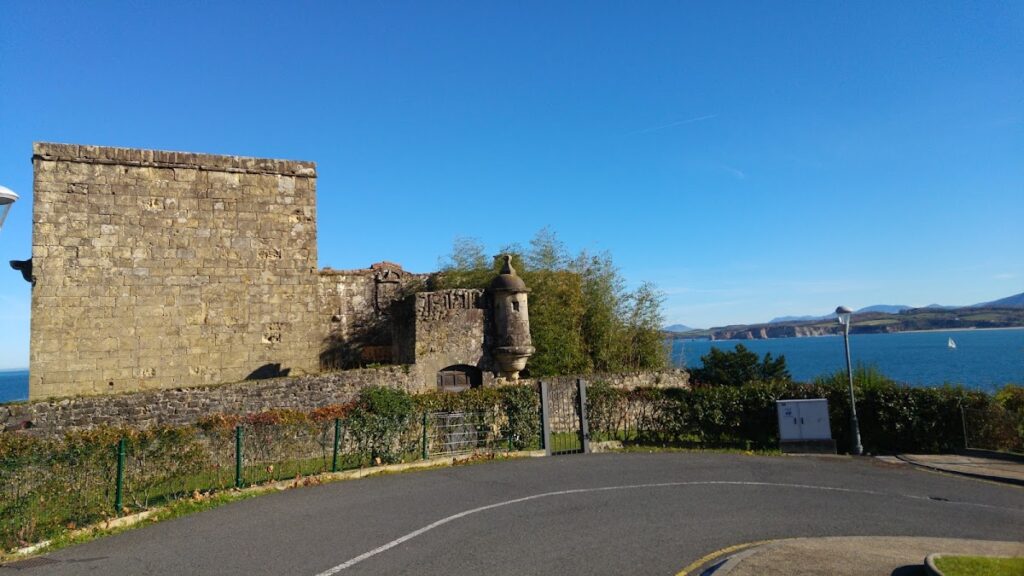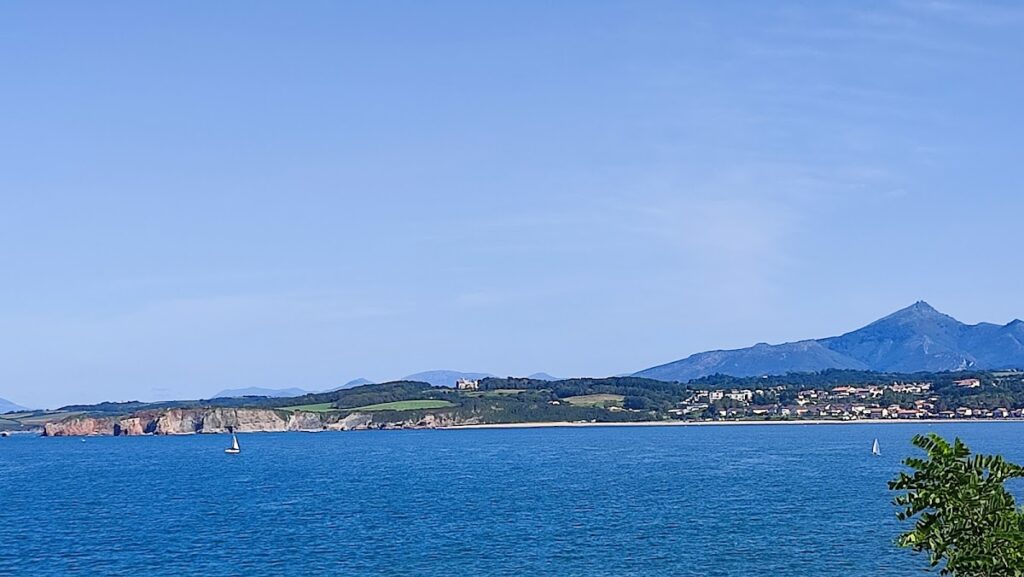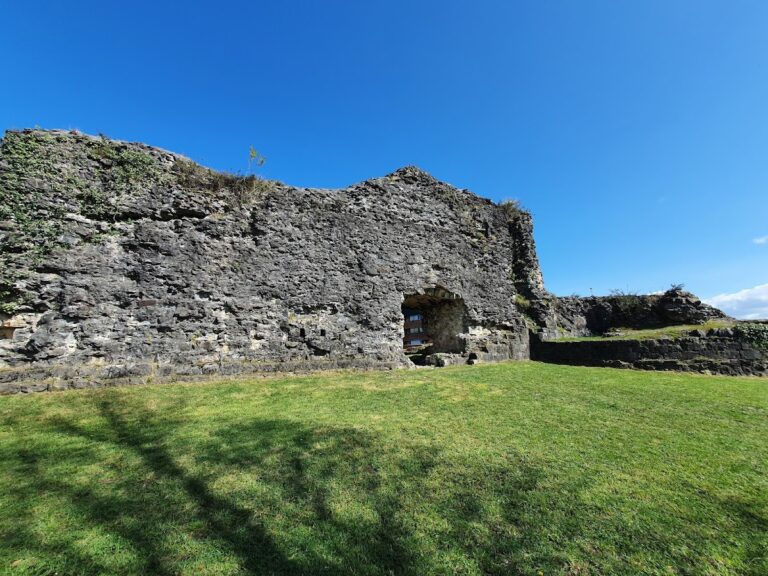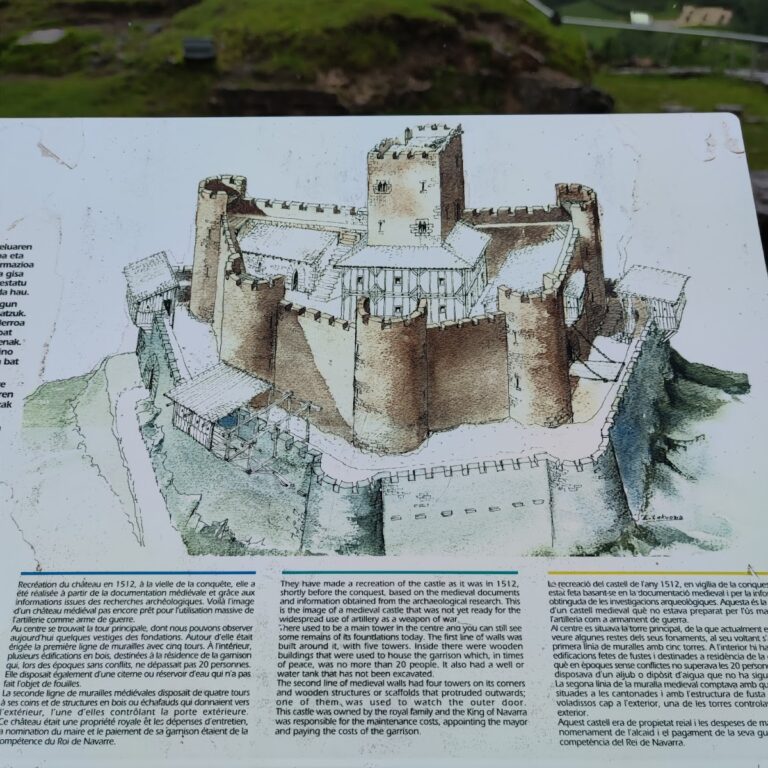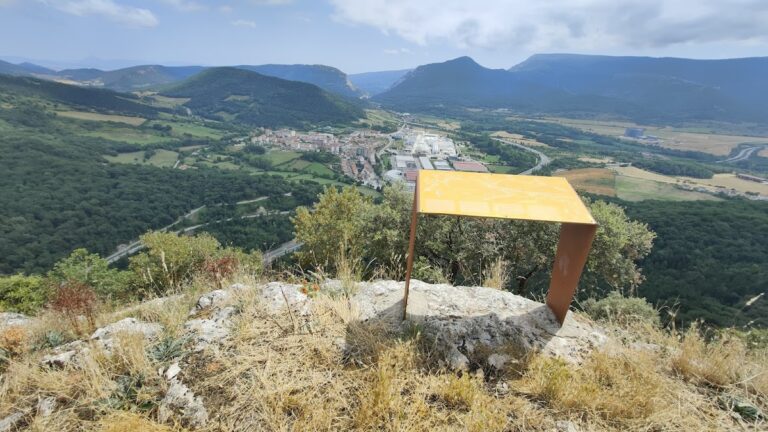Castle of San Telmo: A Historic Coastal Fortress in Hondarribia, Spain
Visitor Information
Google Rating: 4.2
Popularity: Low
Google Maps: View on Google Maps
Official Website: www.hondarribia.eus
Country: Spain
Civilization: Unclassified
Remains: Military
History
The Castle of San Telmo is situated on the Higer headland in the town of Hondarribia, Spain. It was constructed by the Spanish Crown during the late 16th century as part of the region’s coastal defenses.
Construction of the castle began in 1598 under Juan Velazquez, the Captain General of Gipuzkoa, during the reign of King Philip II. The fortress was built atop an older tower, integrating it into a broader defensive network that included the city walls of Hondarribia and the nearby Castle of Charles V. This system aimed to secure the bay’s entrance and protect the harbor from repeated attacks by British privateers operating in the Cantabrian Sea. An inscription at the entrance commemorates the castle’s commissioning and dedication to repelling piracy and robbery.
In the mid-18th century, during the reign of King Ferdinand VI, the castle’s role shifted from frontline defense to storage. It was adapted to serve as a powder magazine, a facility for storing gunpowder and munitions. Subsequent military conflicts, such as the Carlist Wars in the 19th century, brought structural modifications to the building, enhancing its defensive capabilities in response to changing warfare conditions.
Throughout the 20th century, the castle found new uses as a residential building before becoming privately owned and currently standing abandoned, with access to its interior restricted. Local folklore speaks of a secret underground passage beginning in the castle’s kitchen, reputedly leading out to the sea and possibly navigable by boat. Present-day residents have confirmed the existence of a trapdoor in the floor, lending some credibility to these legends.
The castle has been recognized for its historical importance, receiving general legal protection in 1949 and later specific designation under Spain’s Historical Heritage Law of 1985.
Remains
The Castle of San Telmo presents a fortified structure primarily built of stone, featuring ashlar masonry—blocks of finely dressed stone carefully squared and laid in orderly rows. Originally, the castle’s layout was rectangular, strategically positioned with its north and east sides oriented toward the sea. These sides incorporated a battery platform capable of holding five cannons, reflecting its original military function.
Flanking the battery are two principal buildings, arranged symmetrically. During the 18th century, significant alterations introduced a powder magazine for safely storing explosives. This period also saw the construction of an outer defensive wall made from finely cut ashlar stone. The wall includes an arched, vaulted entrance passage, guarded by a small sentry box, small enclosed lookout positions used by guards. The wall extends along one side of the castle, ending at another similar sentry box. Notably, two of the castle’s facades are not walled; instead, they are carved directly from the cliff’s rocky outcrop, using the natural landscape as part of the fortification.
Inside the outer wall stands the core of the castle itself, built of sandstone ashlar blocks. The main structure has a cubic shape, accompanied by a smaller adjoining building that contains a concealed entrance. This entrance is traditionally attributed to the time of Philip II and bears an inscription in Latin referencing its purpose to resist piracy and theft, dated from the 16th century.
The castle’s facade facing the sea incorporates both ashlar stone and brick and supports an artillery platform or terrace, designed for mounting cannons directed toward maritime threats. The fortress cleverly utilizes the surrounding cliffs as natural barriers within its defensive system.
Additional 19th-century modifications include enclosing the main tower with defensive walls and adding two sentry boxes to enhance surveillance. Inside the castle, a well exists that was designed to collect and store rainwater, providing an essential water supply during sieges or periods of isolation.
Together, these features attest to the castle’s evolving military role over centuries and its adaptation to the changing needs of defense, storage, and habitation. Oral traditions about secret passages and hidden trapdoors continue to evoke the strategic complexity and mystique surrounding this coastal fortress.

